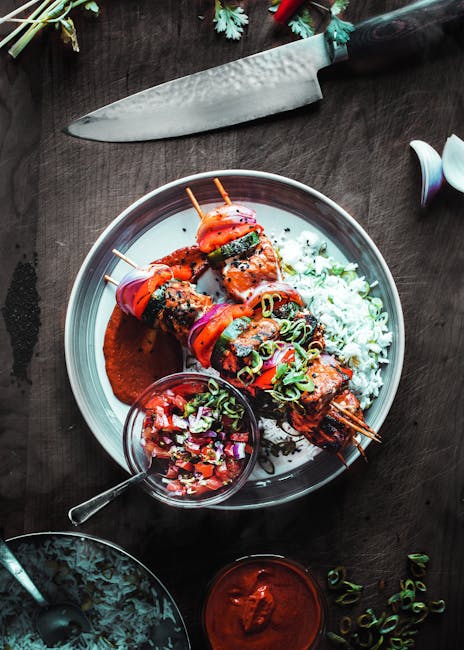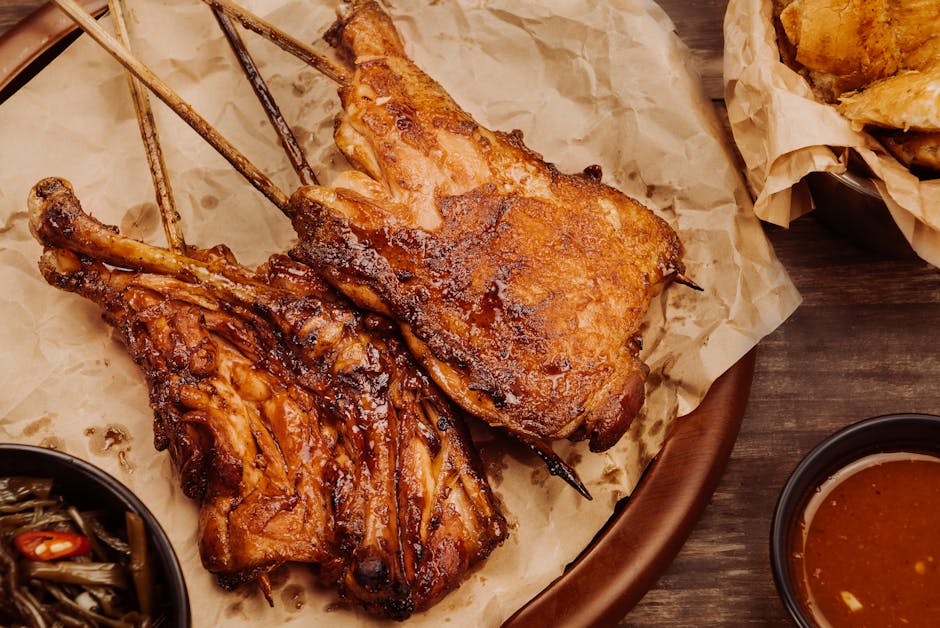Mastering the Art of Homemade Barbecue Sauce: Recipes, Techniques, and Flavor Profiles
Forget store-bought – discover the unparalleled satisfaction and flavor explosion of homemade barbecue sauce. This comprehensive guide delves into the world of crafting your own signature sauce, covering everything from foundational recipes to advanced techniques and creative flavor combinations. Whether you’re a seasoned grill master or a kitchen novice, you’ll find inspiration and expertise within these pages to elevate your barbecue game to new heights.
Understanding the Foundation: Key Ingredients and Their Roles
The beauty of homemade barbecue sauce lies in its customization. However, certain core ingredients form the bedrock of any great sauce. Understanding their roles is crucial for creating a balanced and delicious final product.
- Vinegar: Provides acidity, balancing sweetness and adding a tangy bite. Different vinegars offer unique flavor profiles – apple cider vinegar lends a fruity sweetness, while white vinegar delivers a sharper, more acidic taste.
- Sugar: Creates sweetness and body. Brown sugar imparts a rich molasses flavor, while granulated sugar offers a cleaner sweetness. Honey or maple syrup can also add depth and complexity.
- Tomato Products: Ketchup, tomato paste, or diced tomatoes contribute body, acidity, and umami. The choice depends on the desired consistency and flavor intensity.
- Spices and Seasonings: This is where the magic happens! Paprika, chili powder, garlic powder, onion powder, black pepper, and cayenne pepper are common staples. Experiment with other spices like cumin, smoked paprika, or even a pinch of cinnamon for unique flavor profiles.
- Liquid: Water or broth helps adjust consistency and incorporates flavors. Worcestershire sauce or liquid smoke can add depth and complexity.
Essential Barbecue Sauce Recipes: From Classic to Creative
Classic Tangy Barbecue Sauce
This recipe is a great starting point for beginners. It’s balanced, versatile, and adaptable to various preferences.
- 1 cup ketchup
- 1/2 cup apple cider vinegar
- 1/4 cup brown sugar
- 2 tablespoons Worcestershire sauce
- 1 tablespoon Dijon mustard
- 1 teaspoon smoked paprika
- 1 teaspoon garlic powder
- 1/2 teaspoon onion powder
- 1/4 teaspoon black pepper
Combine all ingredients in a saucepan over medium heat. Bring to a simmer, stirring occasionally, until the sauce has thickened slightly (about 15-20 minutes). Adjust seasonings to taste.
Spicy Carolina-Style Barbecue Sauce
For those who love a kick, this recipe delivers a fiery, vinegar-based sauce with a smoky undertone.
- 1 cup apple cider vinegar
- 1/2 cup brown sugar
- 1/4 cup ketchup
- 2 tablespoons chili powder
- 1 tablespoon cayenne pepper (or more, to taste)
- 1 tablespoon black pepper
- 1 teaspoon garlic powder
- 1 teaspoon onion powder
- 1/2 teaspoon liquid smoke
Combine all ingredients in a saucepan over medium heat. Bring to a simmer, stirring frequently, until thickened (about 15-20 minutes). Taste and adjust seasonings accordingly.

Sweet and Smoky Kansas City-Style Barbecue Sauce
This recipe showcases a sweeter, more molasses-heavy profile characteristic of Kansas City barbecue.

- 1 cup ketchup
- 1/2 cup molasses
- 1/4 cup brown sugar
- 1/4 cup apple cider vinegar
- 2 tablespoons Worcestershire sauce
- 1 tablespoon Dijon mustard
- 1 teaspoon smoked paprika
- 1 teaspoon garlic powder
- 1/2 teaspoon onion powder
- 1/4 teaspoon black pepper
Combine all ingredients in a saucepan over medium heat. Bring to a simmer, stirring occasionally, until thickened (about 15-20 minutes). Taste and adjust seasonings.

Advanced Techniques and Flavor Exploration
Once you’ve mastered the basics, explore these techniques to elevate your homemade barbecue sauce game:
- Slow Cooking: Simmering your sauce for an extended period allows flavors to meld and deepen. Consider using a slow cooker for hands-off convenience.
- Blending: For a smoother, more refined texture, blend your sauce with an immersion blender after cooking.
- Infusing Flavors: Experiment with adding ingredients like chipotle peppers in adobo sauce, bourbon, or even a touch of coffee for unique and complex flavor profiles.
- Adjusting Consistency: For a thicker sauce, simmer longer or add a cornstarch slurry (1 tablespoon cornstarch mixed with 2 tablespoons of cold water). For a thinner sauce, add a bit of water or broth.
- Storing Your Sauce: Properly stored, homemade barbecue sauce can last for several weeks in the refrigerator. Ensure it’s completely cooled before storing in airtight containers.
Beyond the Basics: Creative Flavor Combinations
Don’t be afraid to experiment! The world of barbecue sauce is vast and ripe for culinary exploration. Here are some creative flavor ideas to spark your imagination:
- Bourbon Bacon Barbecue Sauce: Infuse your favorite bourbon and smoky bacon for a rich, indulgent sauce.
- Pineapple Habanero Barbecue Sauce: The sweetness of pineapple is balanced by the fiery heat of habanero peppers.
- Coffee Chipotle Barbecue Sauce: A bold and complex sauce that combines the depth of coffee with the smoky heat of chipotle peppers.
- Asian-Inspired Barbecue Sauce: Incorporate soy sauce, ginger, garlic, and sesame oil for a unique twist.
- Maple-Mustard Barbecue Sauce: The sweetness of maple syrup complements the tang of mustard for a delicious combination.
Making your own barbecue sauce is a rewarding experience. It allows you to control the ingredients, tailor the flavors to your preferences, and create a truly unique culinary masterpiece. So, embrace your inner grill master and start crafting your signature sauce today!

